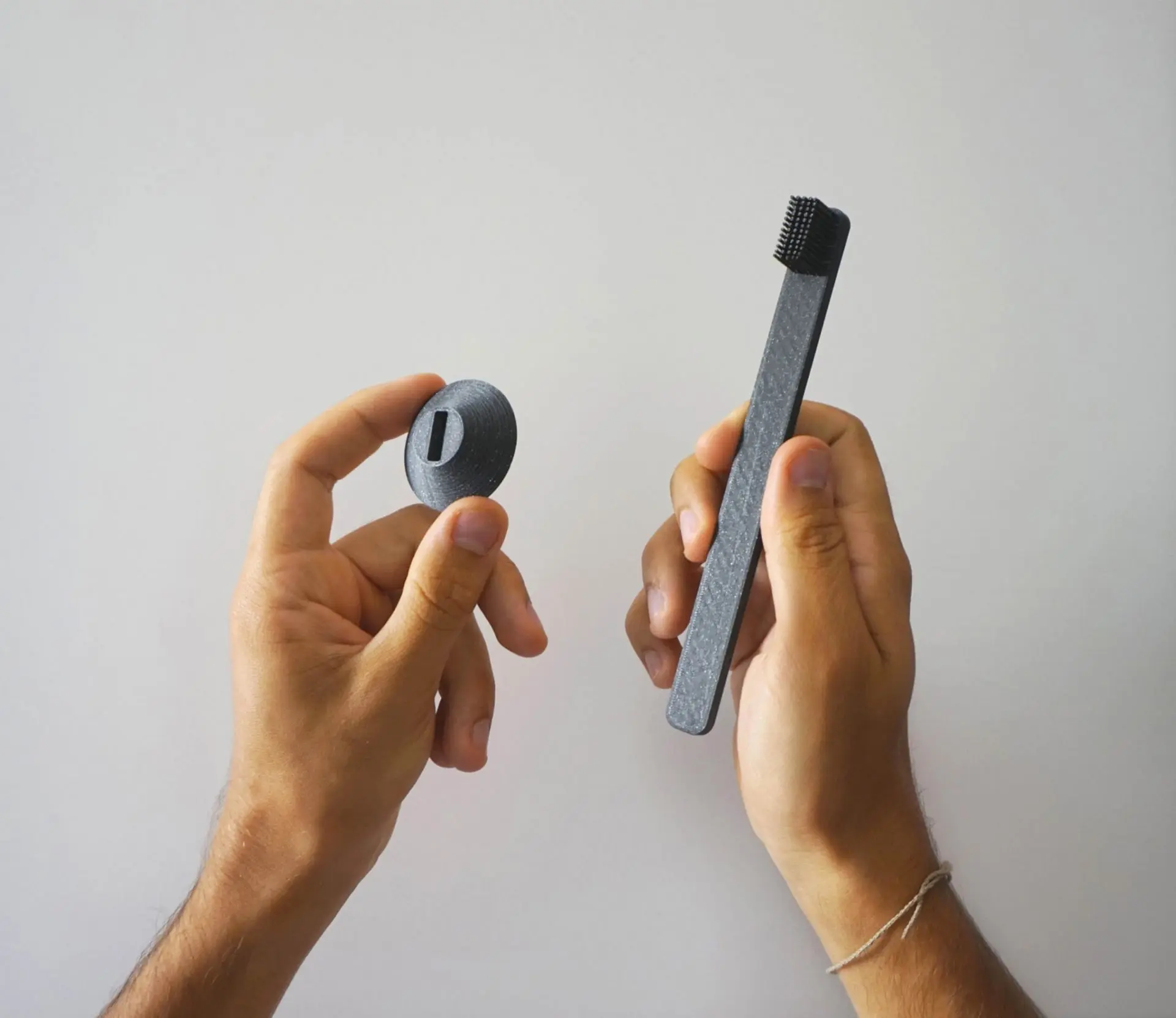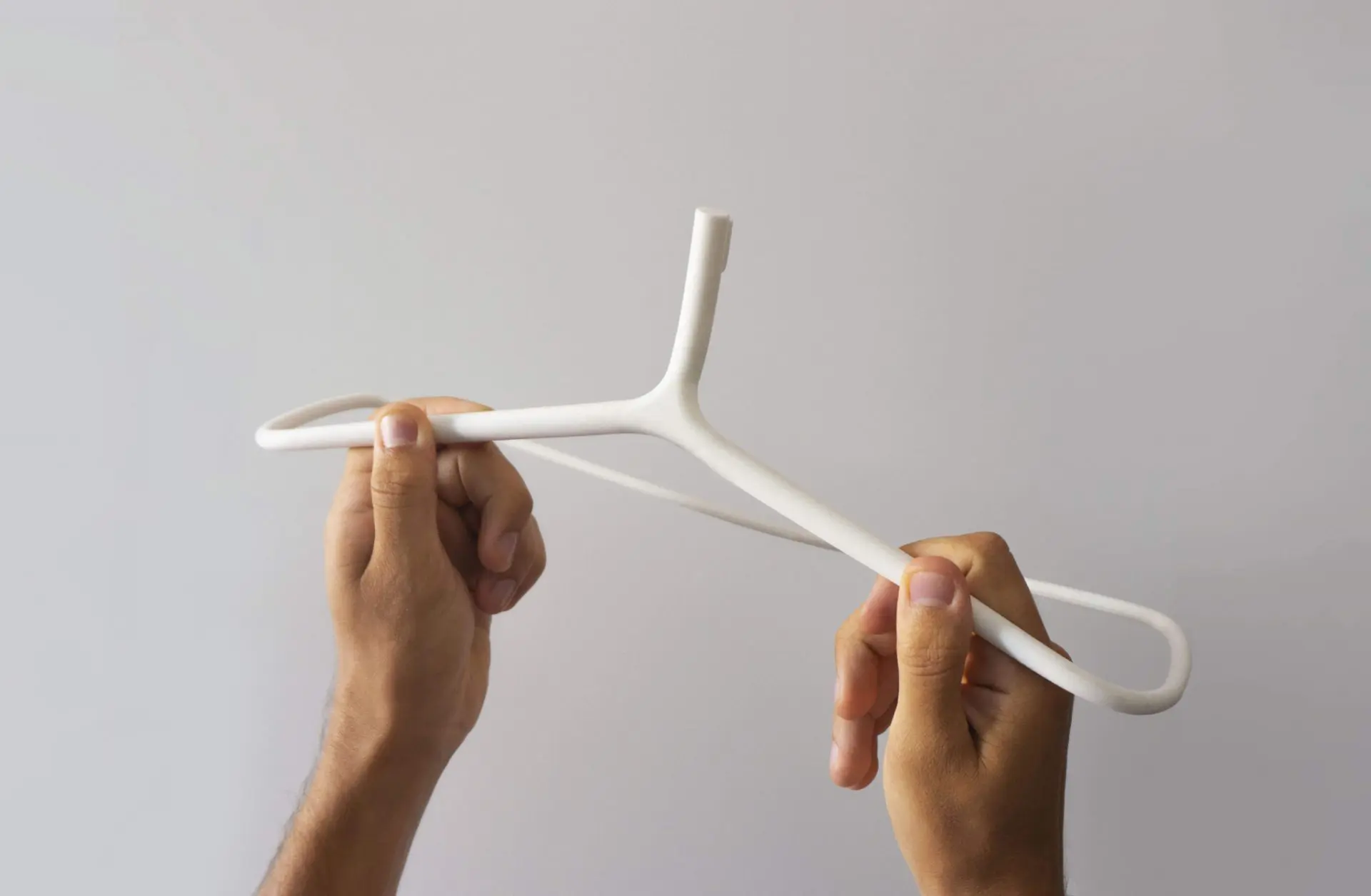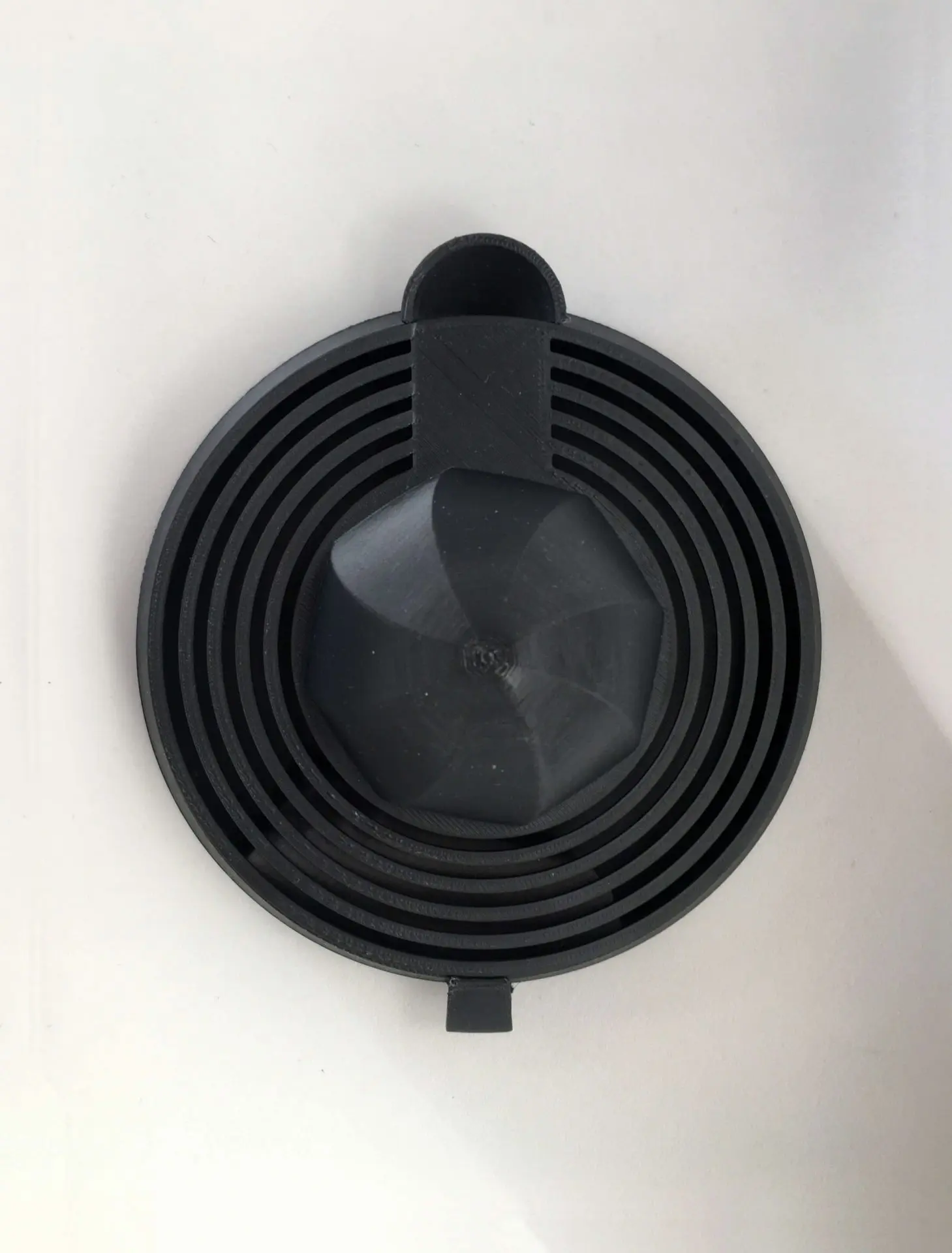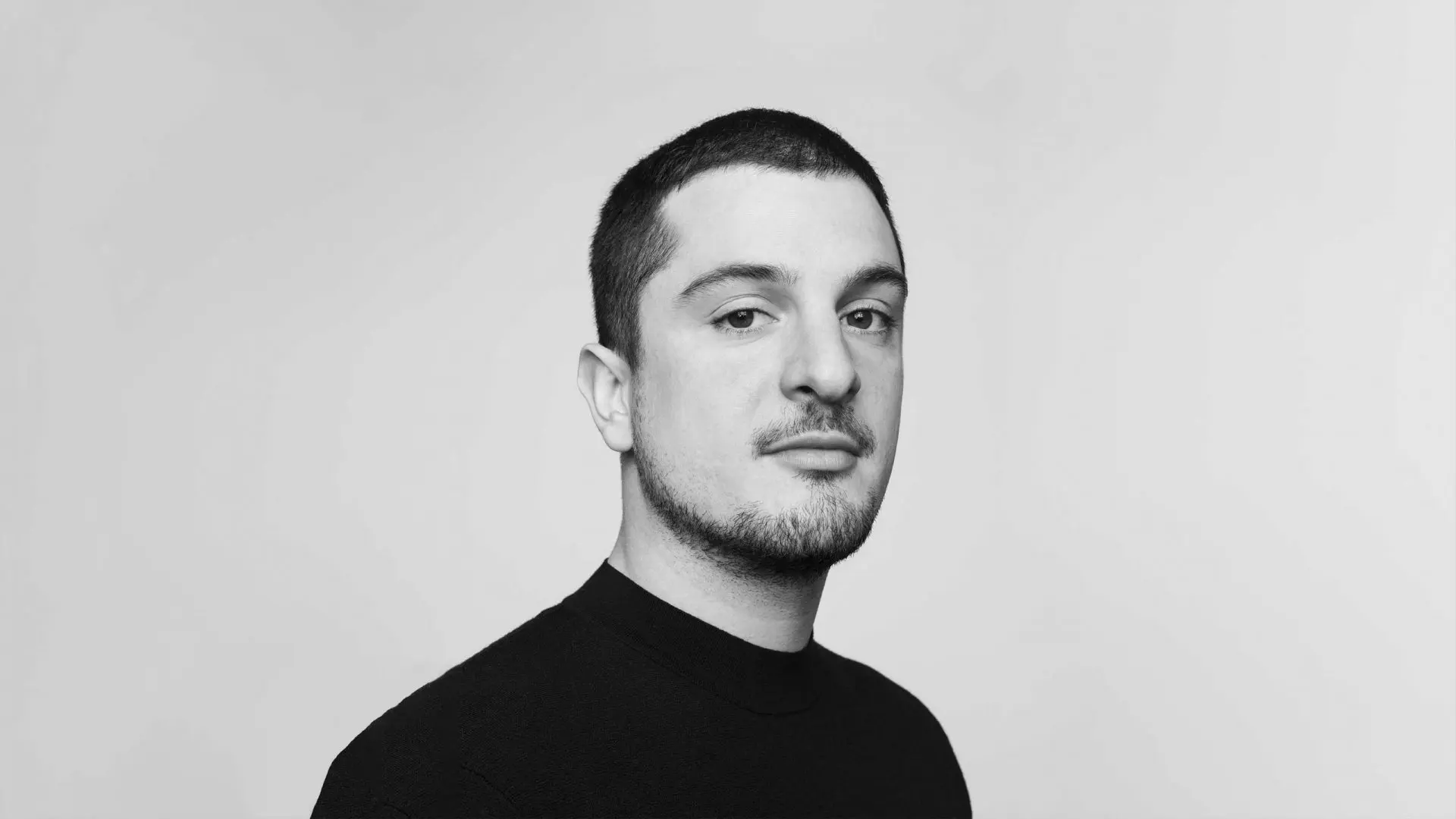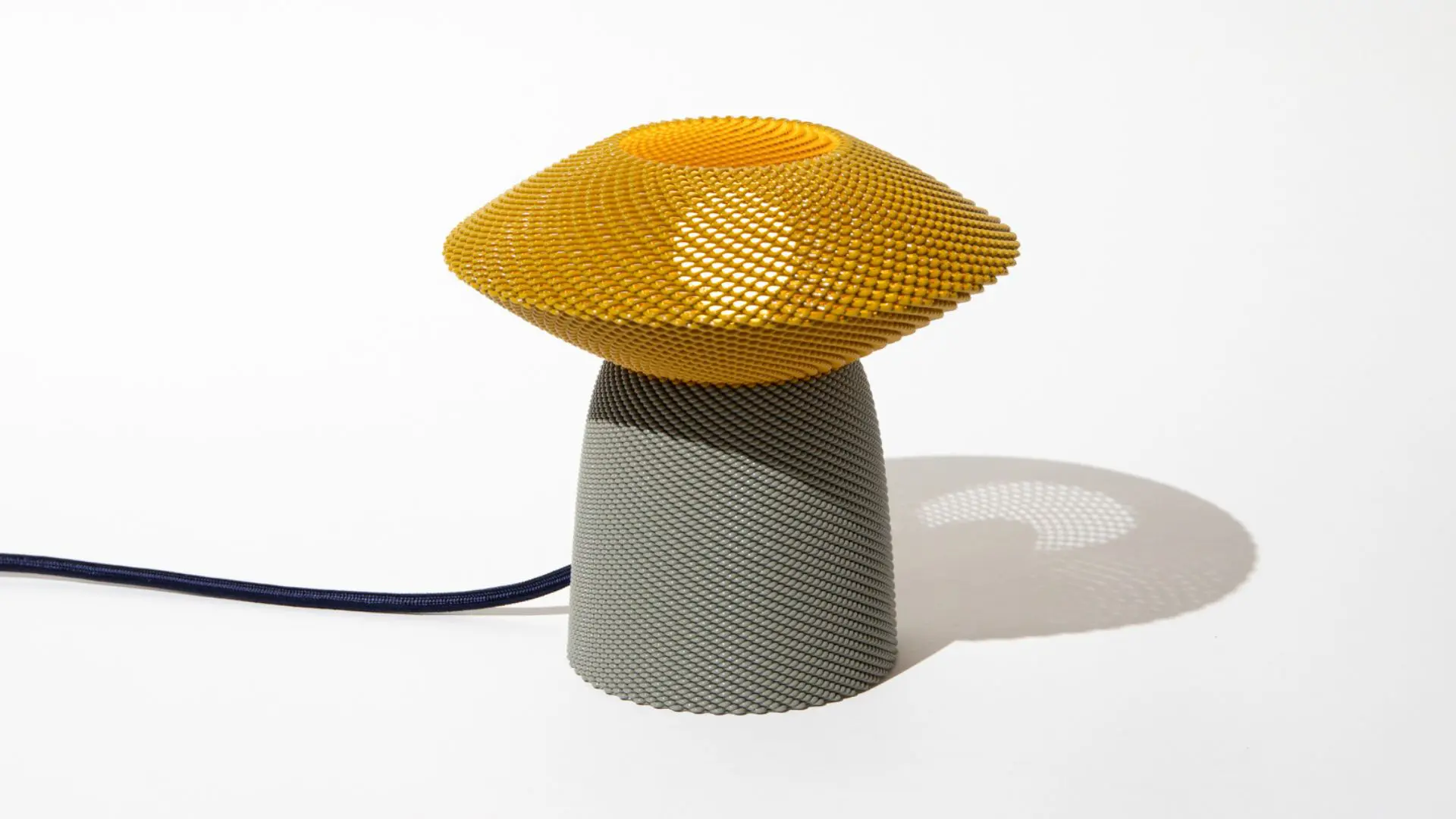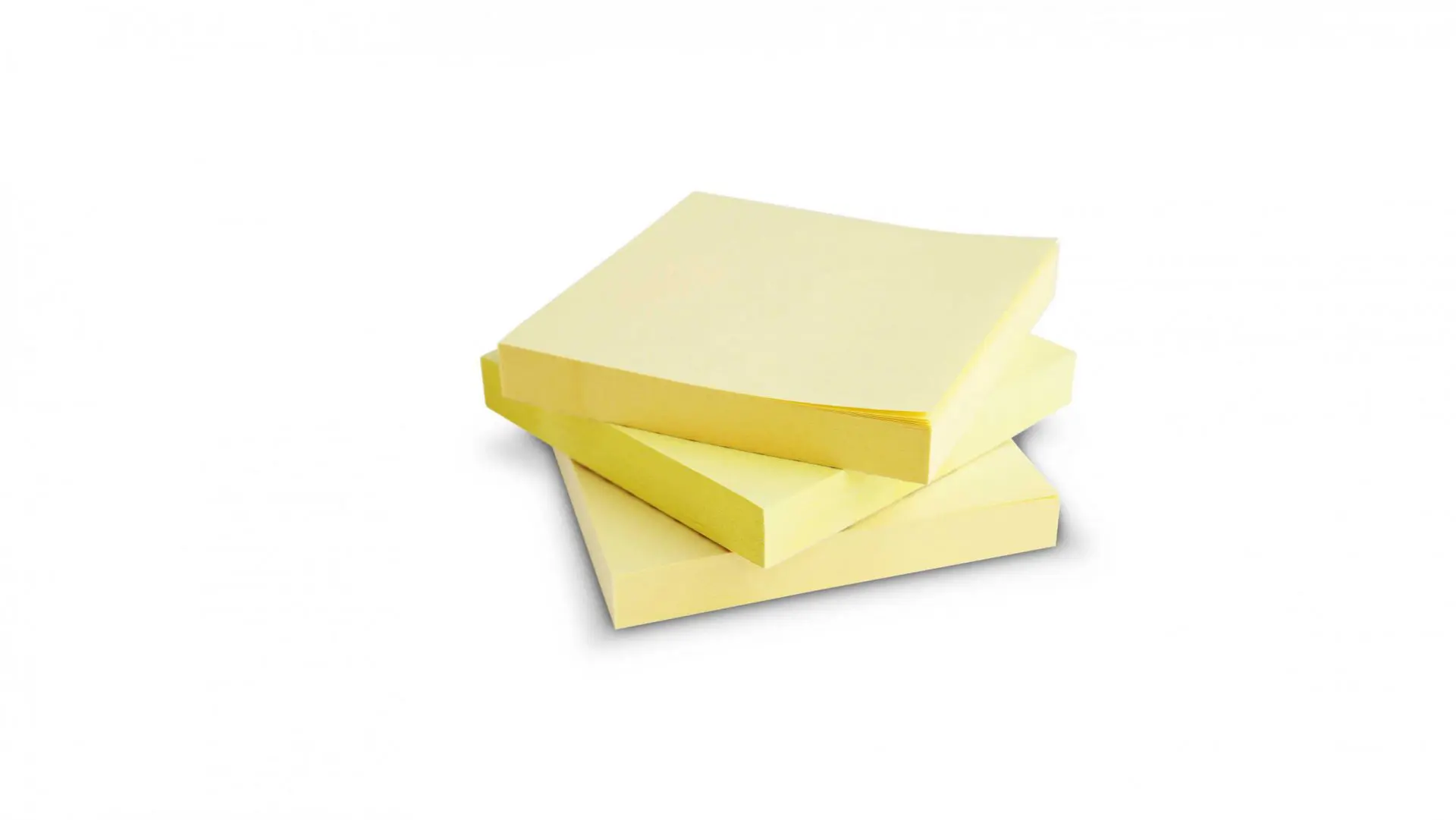Prices are low and the return of the investment is easy to witness with 3D printing
If a few years ago it was still something hard to spot in a design studio, nowadays desktop 3D printers are almost indispensable for an industrial design team.
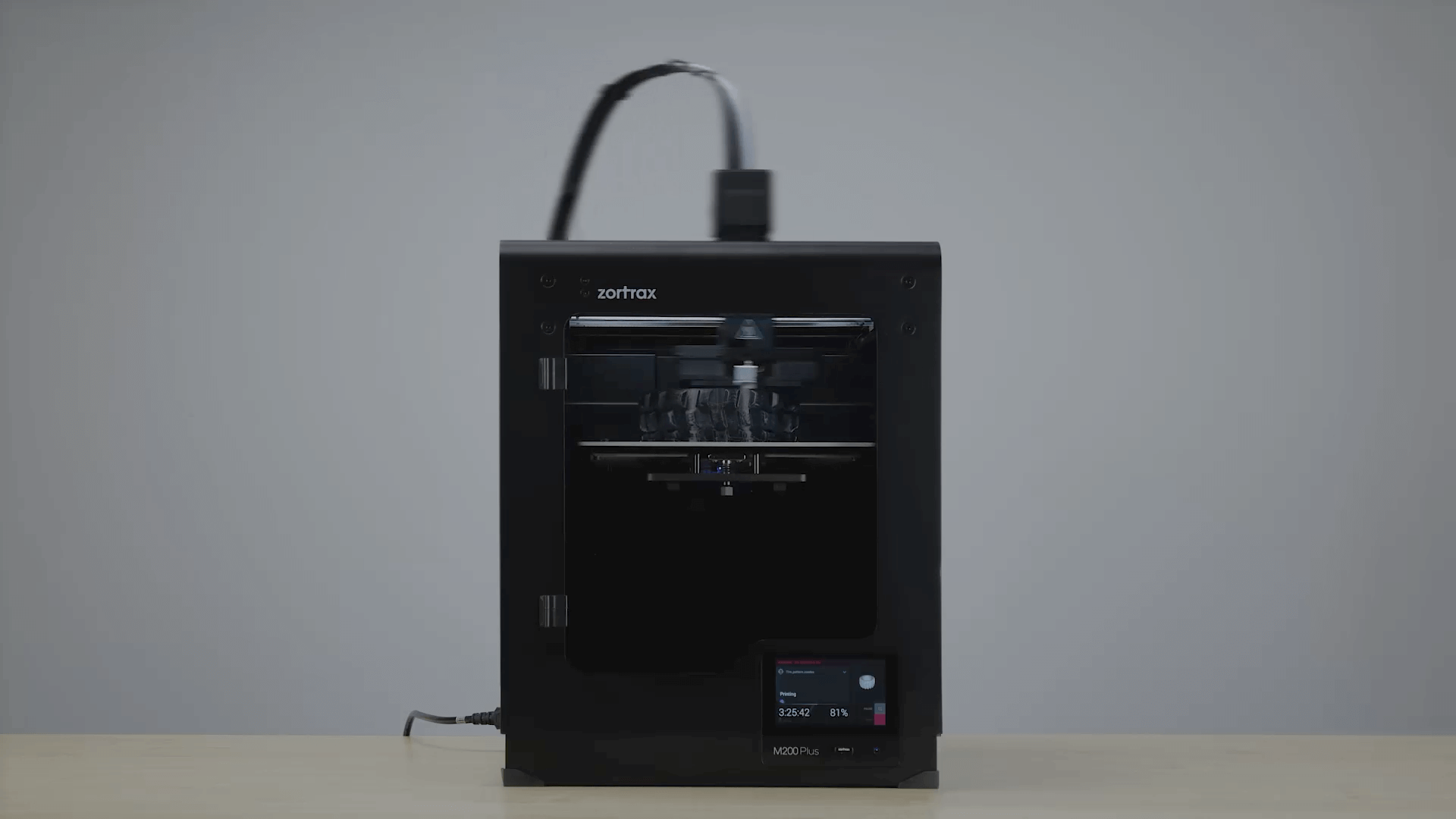
Prices are low, the return of the investment is easy to witness and the 3D printer is as easy to use as a paper-printer. Herse is the story of Metafora Design. This achievement of those products is due to one main reason: time-saving. Time is crucial when you need to spot the design flaws and overall in the race of going to the market.
Yes, it’s quite sad that now designers spend most of their time in front of the pc instead of getting their hands dirty but design deals with business and having a machine that can build a prototype on her own is a great advantage.

One of the most difficult and costly activities of the design process is testing the concept. At the early stages is important to understand which are the strengths and weaknesses of a concept.
In some cases, it’s important to test many options because the ergonomic studies written in books are not enough when it comes to giving shape to something. The rise of 3D printers can change the whole design process, allowing the possibility to print and test options in a day without wasting man/hour or a huge amount of money.
This possibility makes industrial design way more similar to UX processes, where testing is a pillar of the journey.

Designers are more and more called to participate in complex problems involving the participation of different stakeholders. They are not only the “stylist” of a product but the active architect of the solution. This requires a constant alignment between the team member that usually doesn’t come from the same field.
The interplay between design, engineering, manufacturing, and marketing allows teams to understand each other’s needs and challenges better. 3D printing is useful not only to visualize the concept but to have a tangible iteration on different versions of the product.

The importance of 3D printing for Metafora Design (see their website) is linked direct with our approach. “Test early, fail often” is a sentence that we are used to seeing nowadays in every description of the design thinking approach. Having an early prototyping approach allow us and our client to save money, time and resources.
The alignment during a design review, or in a checkpoint during a project, is now easier and the result is tangible and clear for both designers and all the other team members (including the client).
Working also with an iterative approach combined with a 3D printer allows us to have a physical prototype for each interaction. This gives you a track of record of all the changes and allows us to go back to the previous iteration and have a complete view on all the design process.

Sometimes the benefits of 3D printing are not only related to the client site. Active participation is another key concept for us in the design process. Involving the users since the early phases help us, designer, to collect more feedback, and have a complete overview of the product before sending it for mass production.
With the combination of online participation and 3D printing, we are even capable of collecting feedback thanks to social networks and have users actively involved in the proposition of changes for our current project.

We could test a lot with 3D printing and embed this tool inside our process, thanks to a collaboration that we are now having with Zortrax, a Polish manufacturer of state-of-the-art 3D printers.
It’s now almost eight months that we are using one of their latest 3D printing machines, the M200 Plus. It’s important to choose the right printer, it’s an investment and like for computers, a bad one will make you waste time for reasons like maintenance or just to set it up.
We can say that the M200 Plus works perfectly for us. Never had any problem, it’s easy and fast to set and in a few minutes is ready to print (with the HEPA cover is also quite silent and you can use it indoors without any risk).

Even if none of us is a master of 3D printing, we can all work with it. We are using it a lot both with projects from clients and with works that we consider personal. We already talked about how important it is to have a 3D printer – we even gave our printer a funny name, “C18” paying homage to one of our first crush from Dragon Ball 🙂 – and how it affects a design process.
Along with clients-projects, it was a long time that we wanted to start some side works where we could explore our abilities without constraints from a client. We think this is very important for a design studio and every designer should do something like this.
Exploring new shapes, colors, interactions, and so on without any limit — a sort of garage of innovation where we can experiment with new stuff on our own.

We built lamps, squeezers, vases, and other objects just to explore our abilities, find new shapes and interactions and this is more than enough to justify the utility of a 3D printer inside a studio.
On a final note, a 3D printer is a tool that will improve your design process, either if you want to work more on a conception level, helping you to iterate and have physical ideas from users and clients, either if you, of course, need to work on more production and high fidelity level, having a 3D printer will help you to go more into details, interactions, and discover before problems and issues related to your project.
Industrial design deals constantly with 3D products, while designers often use 2D tools (like paper or screens) which are not a natural consequence. One day VR or Augmented Reality tools will help us to improve our efficiency, but for now, 3D printers are a good and fun compromise.


